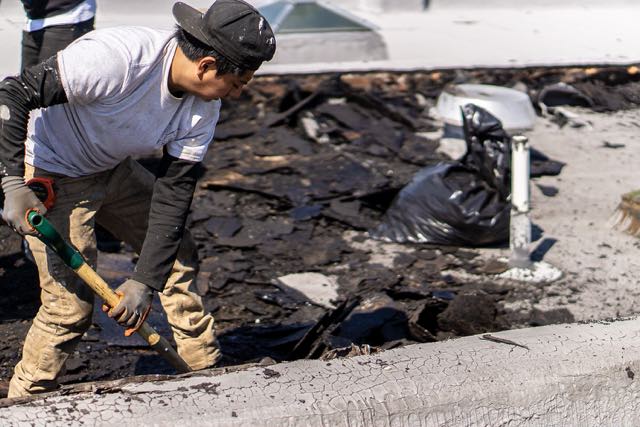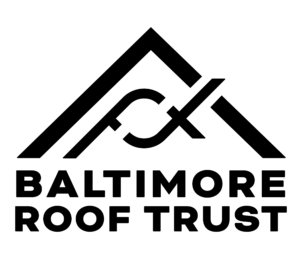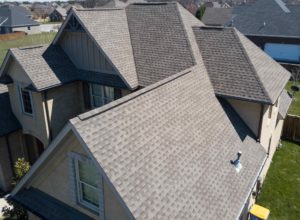When you are considering a roof replacement in Maryland, you may wonder what goes into the process. What does a roof replacement actually entail? Your roofing system is a complex piece of your home, built to protect, insulate, and stand up to the elements. To accomplish these jobs, it is put together from several important layers that each fulfill an important role. As roofers in Maryland, we want to dive into the complex layers of your roof.
The Basic Layers of Roofs
While the specifics may fluctuate depending on the type of roof (shingle, flat, or metal), there are some basic elements typically present in most roofs.
Insulation
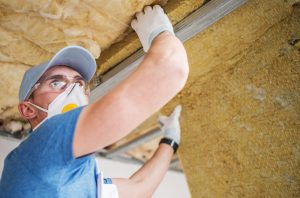
A fundamental element to any roof, insulation begins in your attic. Insulation is installed to ensure heat or cold air isn’t lost, and that the home isn’t energy efficient.
Insulation is placed between the rafters that support your roofing system. Proper insulation should help regulate heat transfer at the top of your home, providing a house that stays cool in summer and warm in winter. Damaged insulation can negate these benefits and cause energy bills to rise.
Ventilation
While reducing heat transfer is a good thing, an improperly vented home can lead to problems with temperature regulation and can contribute to the creation of ice dams (damaging ice build-ups) in the winter. As heat rises, a common problem of an improperly ventilated attic is that it will retain too much heat.
As such, proper ventilation is required to ensure moisture doesn’t build up in your attic. Intake and exhaust vents will help ensure your attic is established to ensure ventilation is proper, and your attic doesn’t trap too much heat.
Decking
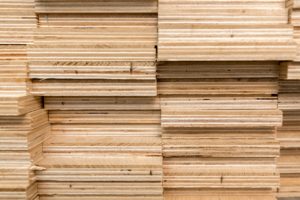
Roof decking, also called sheathing, is a foundation element in the build of your roof. Decking is typically built from plywood boards that will fill out the structure the rest of the roofing materials will be built on top of. Decking is typically what’s visible to you when standing in an attic and looking up at your roof.
Ice and Water Shield
An ice or water shield is a protective membrane that is applied to the decking to help weatherproof it. When a leak occurs in your roofing system, the goal is to prevent it from penetrating the decking and down into your attic space.
Underlayment
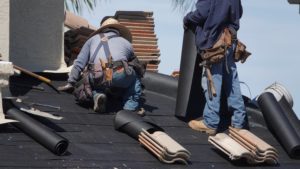
Underlayment is another protective layer of weatherizing meant to help protect moisture from penetrating down to your roof decking. Traditional underlayment was made from a thin material called “roofer’s felt,” which was essentially a layer of specialized felt paper. Reliable roofers in Maryland, such as Four Twelve, have moved to an asphalt-based synthetic underlayment material that is more durable and better at sealing out moisture.
Drip Edge
The drip edge is a type of flashing that helps prevent water from leaking down to more sensitive areas of the roof. Because water build up is one of the most detrimental threats to a roof, many elements like drip edges are built to protect your roof from water damage.
Roofing Materials
The roofing materials installed on your roof depend on the project. They can range from shingles to slate shingles to metal to flat roofing materials. Different types of roofing materials fit different roof types, and can also come at different price points depending on your preference.
Flashing
Flashing refers to the pieces of metal used to seal potential problem spots on the roof. These are typically areas where water would have a higher chance of entering, such as around the chimney or along vent pipes.
Vent Pipe Caps
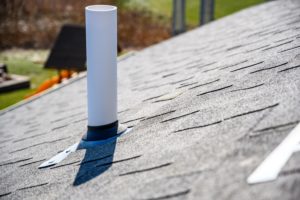
Your roofing system serves as the primary destination for a lot of the venting throughout the house. To ensure water doesn’t find its way into vent pipes, specialized caps (sometimes called roof boots) are installed.
Specialized Components
Different types of roofs come with specialized components to help them function properly. We’ll look at a few here.
Shingle and Slanted Roofs
Unlike flat roofs we see as roofers in Baltimore, many of the surrounding counties have homes with primarily shingle or slanted roofs. There are some extra considerations taken for roofs of these types.
Starter Strip
This is a sturdy layer of starter shingles installed at the roofs edge. It is used to help secure the shingle system from high speed winds and storm rains that may tear at the edges of the shingle system.
Ridge Caps
When your home has lots of ridges, typical shingles may not work to cover them. As such, specialized ridge caps are utilized to protect the sharp angles of ridges and allow for optimum defense against moisture entry.
Metal Roofing
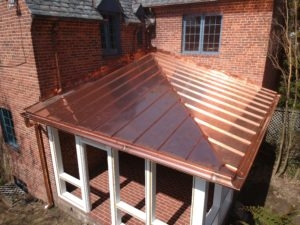
Metal roofing is becoming a more popular option for homeowners that want a durable product that brings an attractive, modern aesthetic.
High-Temp Underlayment
Because metal conducts heat more than asphalt shingles, a specialized high-temperature underlayment is utilized so the material does not melt when in contact with the metal panels.
Metal Panels
These are the key elements of metal roofing. Each metal roof is made of panels. They come in two options. Standing seam metal panels have a click-lock system that is great at keeping water out. However, they come at a higher price tag. Exposed-fastener metal panels are more affordable, but make water entry easier because the fasteners are exposed to the elements.
Flat Roofs
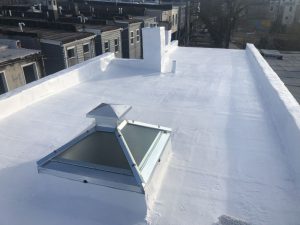
Flat roofing systems are a common sight for us as roofers in Maryland. Primarily found on townhomes and rowhomes, flat roofs need extra protection to stop moisture from building. Typically, they come in three types: Modified Bitumen (modbit), TPO, or EPDM. Check out our flat roofs page to learn about the specifics of each material.
Silicone Coating
To provide enhanced durability, a silicone coating can be applied to a flat roofing system. This helps seal any cracks that may be present and provides extra durability from the elements.
Your roof is a complex, interconnected system. Having expert roofers in Maryland perform a repair or replacement means they’ll take care of each specific element that goes into the project. At Four Twelve Roofing, we pride ourselves on the care we take with each layer of your roof, from careful installation to best-in-class product selection. If you’re ready to get started on your next roofing project, contact us today.

